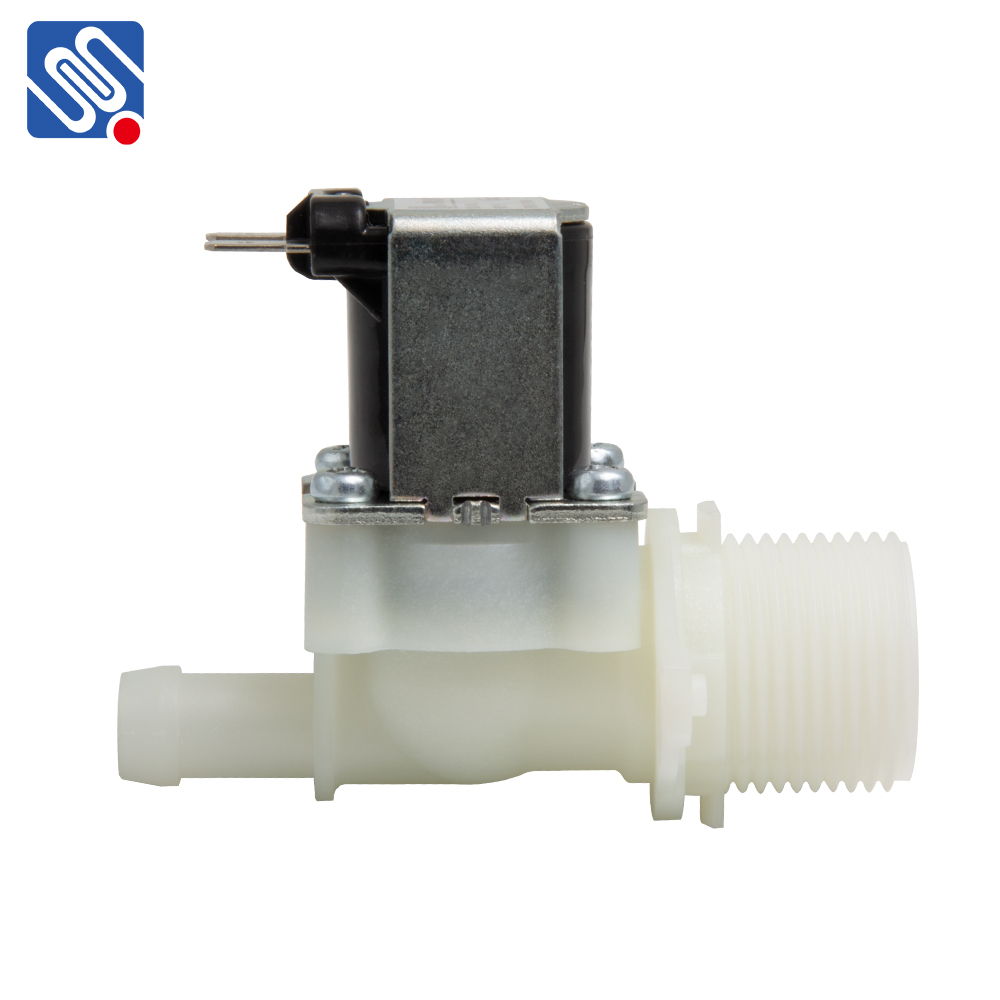Water solenoid valves play a crucial role in various applications, ranging from residential water systems to industrial fluid control. Their ability to manage water flow with precision and efficiency makes them an integral part of modern automated systems. This article will delve into the working principle, types, applications, and advantages of water solenoid valves, offering a comprehensive understanding of their significance in contemporary water management.

What is a Water Solenoid Valve? A water solenoid valve is an electromechanical device that controls the flow of water in a piping system. It operates using an electric current to control the movement of a solenoid (a coil of wire that creates a magnetic field when electrified). When the current flows through the solenoid, the magnetic field created by it pulls or pushes a plunger, which either opens or closes the valve, regulating the water flow. This process allows for precise and rapid control over water movement in various systems. How Does a Water Solenoid Valve Work? The basic operation of a water solenoid valve can be broken down into several simple steps: